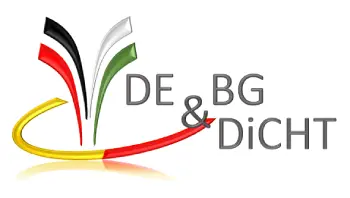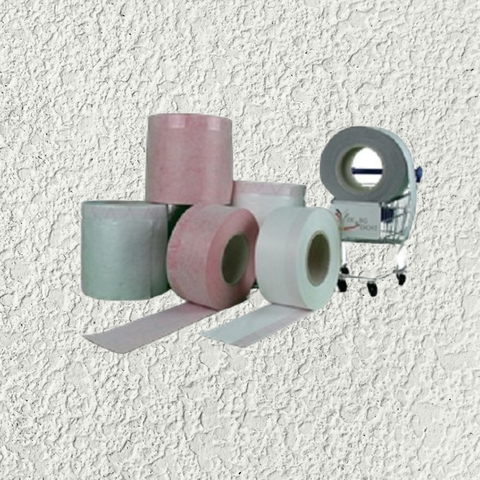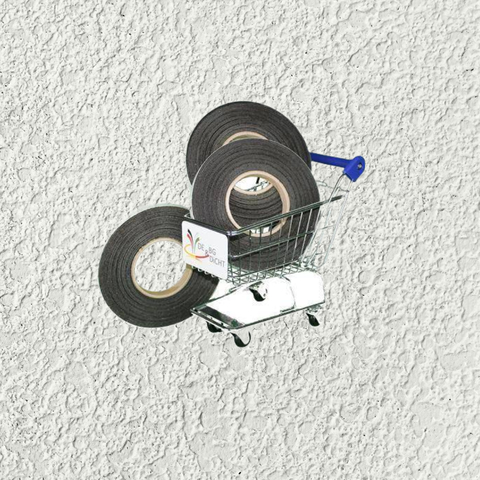Filter products
Legal aspects of sealing tapes
Various types of sealing tapes are used in the construction industry and in trade. These are used to seal joints and thus prevent the penetration of water, air or sound. These include joint sealing tape, swelling tape, compression tape, joint tape and BG1 joint sealing tape. It is important that these products are used correctly in order to guarantee their full function and avoid legal problems.
Pre-compressed tape and BG2
Pre-compressed tape is a special product that has been pressurised to increase its density. It is inserted into joints and then expands to create a tight joint. Swelling tape works in a similar way, expanding when exposed to water to seal joints. According to the BG2 standard, the pre-compressed tape must have certain properties, including a certain expansion capacity and resistance to weathering. The use of tapes that do not fulfil these standards can have legal consequences.
Joint tape and joint sealing tape BG1
Joint tape and BG1 joint sealing tape are other products used to seal joints. The BG1 joint sealing tape is specially designed for use in joints that are exposed to high loads, such as in bathrooms or kitchens. Compliance with standards and guidelines also plays a major role here. For example, class BG1 sealing tapes must have a certain level of watertightness and resistance to ageing. If these requirements are not met, this can lead to claims for defects.
Foam tape and foam tape
Foam tape and foam tape are two other types of sealing tape. They are made of a special material that deforms under pressure to create a tight seal. It should be noted that foam tape should only be used for temporary sealing, as it does not have the same longevity as other sealing tapes. Certain legal requirements must also be observed when using foam tape and foam tape. For example, these tapes must be free from substances that are harmful to health and must not release any harmful emissions.
To summarise, it can be said that the use of sealing tapes in industry and trade involves a number of legal aspects. From compliance with standards and guidelines to the avoidance of materials that are harmful to health, it is important to consider these aspects to avoid legal issues and ensure safe and effective waterproofing.


